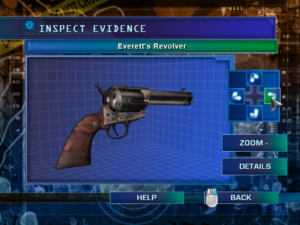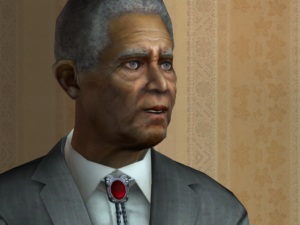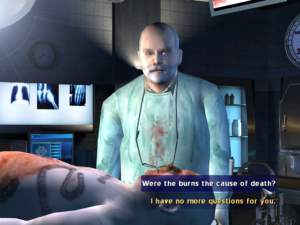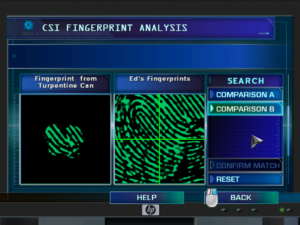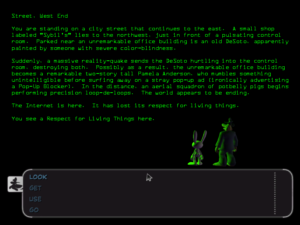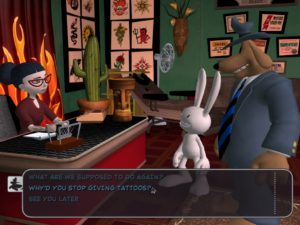Half-Life 2, Episode 1
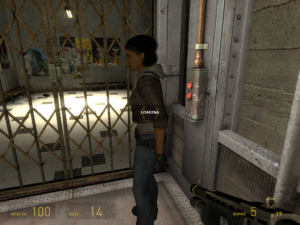 After playing episodic adventure games, it seems only fair that I follow up with the noble failure of the episodic FPS. The confusingly-titled Half-Life 2, Episode 1 has of course been on the Stack since I purchased the Orange Box, and for stack purposes I’m counting it as a separate title.
After playing episodic adventure games, it seems only fair that I follow up with the noble failure of the episodic FPS. The confusingly-titled Half-Life 2, Episode 1 has of course been on the Stack since I purchased the Orange Box, and for stack purposes I’m counting it as a separate title.
The episode begins with an intro sequence that essentially says “never mind” to Half-Life 2‘s epilogue and puts you right back into the situation you were in at the end of the final boss battle. Alyx Vance, sidekick and presumed love interest, seems to be a more or less constant companion this time around, and the designers put some effort into coming up with gameplay that takes advantage of her. In one segment, you’re attacked by alien bugs, which can be killed most efficiently by flipping them over on their backs with the gravity gun and letting Alyx shoot them while they’re helpless. Before that are a few scenes in darkness with lots of zombies. You have a flashlight built into your hazard suit, but limited ammo. Alyx has a different gun than you and loads of ammo for it, but no flashlight. So you spend most of that part just shining your light on things for Alyx to shoot. (In restrospect, it would have been simpler to trade guns, but I can’t blame Alyx and Gordon for not thinking of that, seeing how I didn’t.)
These things remind me of using the pheropod to send antlions after enemies in Half-Life 2. Although this is a shooter, you’re not always doing the shooting yourself. Sometimes you’re just directing it.
Another thing that reminds me of the pheropods: If you catch a rollermine with the gravity gun, Alyx can hack it to attack the enemy. This is the sort of thing she’s been doing all along, really — there were scenes in Half-Life 2 where she pulls similar tricks on automated gun turrets — but rollermines are mobile, and seek out things to attack, which makes them seem more like monsters than weapons. So this seems like an extension of a theme I noted before, the enemies switching sides 1One example of this I failed to note in my previous post: Dr. Kleiner has a defanged headcrab that he keeps as a pet., except this time applied to something purely mechanical.
At any rate, it looks like I’ve gotten as far as I can get in this episode for the moment. From near the beginning, it has sometimes crashed to the desktop when it loads a new area, and now I’ve reached a point where this happens consistently. The worst part is that it crashes slowly. It’ll spend a minute or so with the word “Loading” on the screen, and I won’t know whether it’s actually loading or crashed. Then the screen will go black for a minute, and then, even when the desktop comes up, it’ll be another minute before it actually displays a dialog box with an error message in it. Upgrading my display drivers has not helped, so it’s time to hit the support forums. The slowness is the sort of thing I associate with running out of memory, so maybe slapping another gigabyte into the machine would fix it, but I’d like some confirmation of this before I pony up the dough.
| ↑1 | One example of this I failed to note in my previous post: Dr. Kleiner has a defanged headcrab that he keeps as a pet. |
|---|
 Comments(2)
Comments(2)